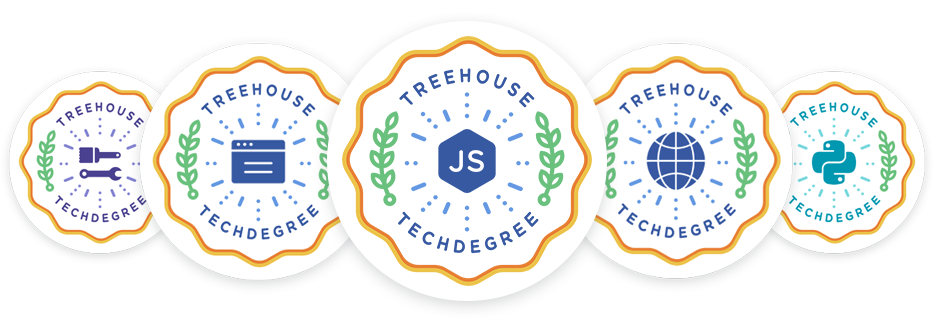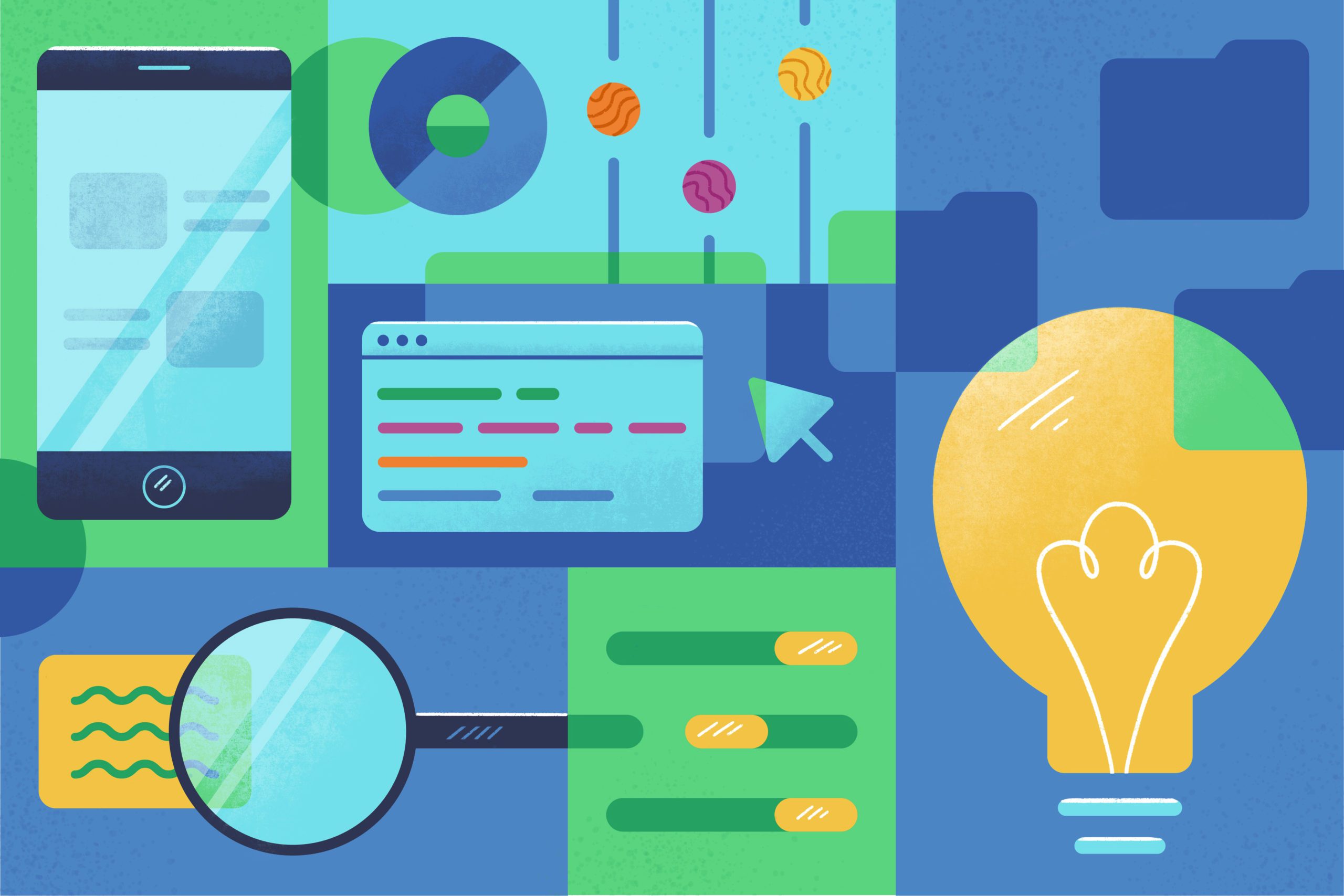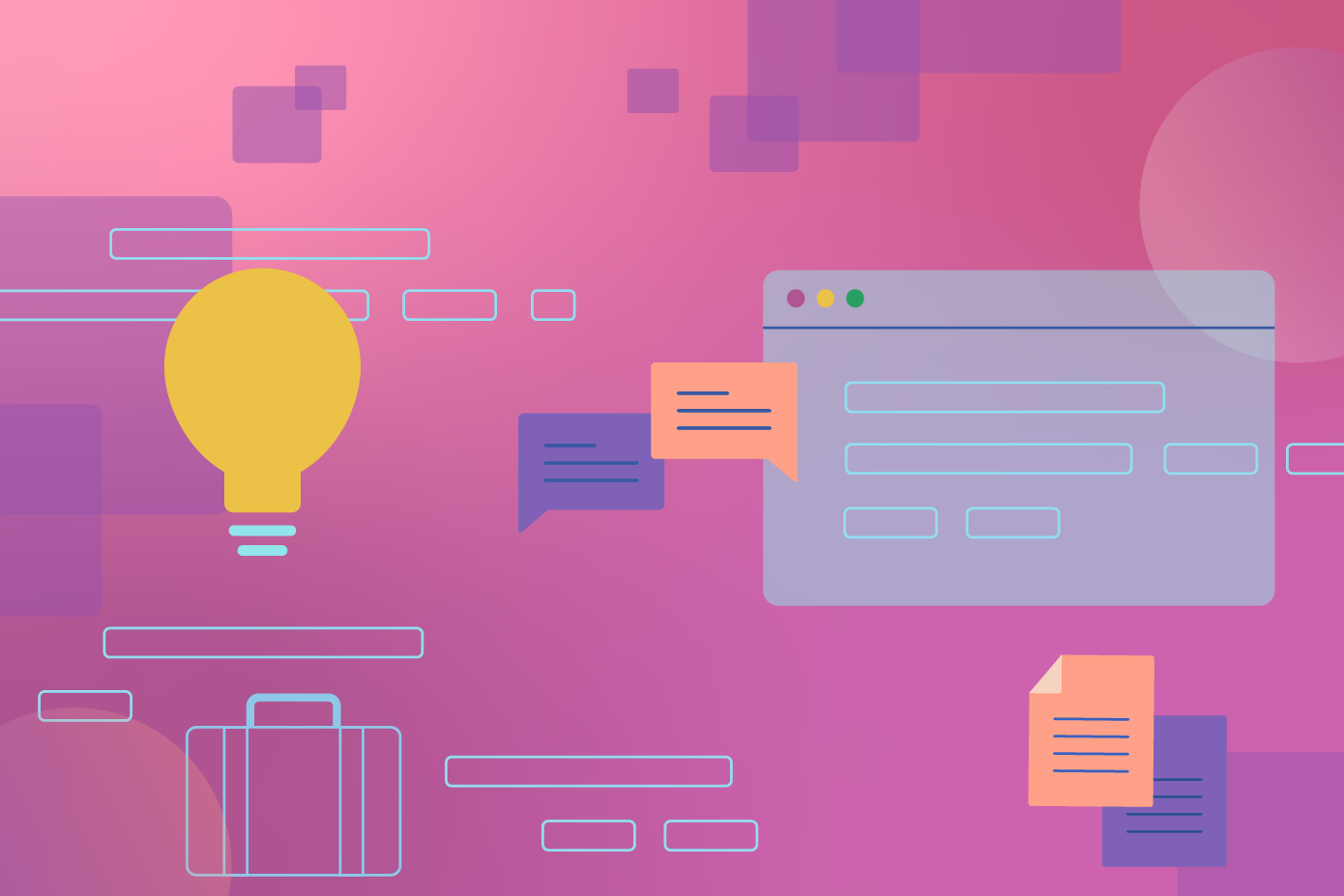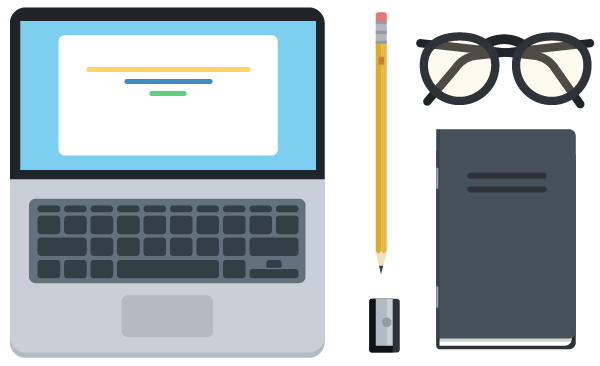You’ve probably encountered the software vs. application question—what’s the difference? People often use them interchangeably, but they actually have distinct meanings. Understanding the difference can help you communicate more clearly about technology while sounding like you know your stuff. Whether you’re just curious or considering a career in tech, you can take a smart first step by learning these terms.
Contents
- 1 What Is Software?
- 2 System Software: The Foundation
- 3 What Are Apps (Applications)?
- 4 How Technology Blurs the Lines
- 5 The Key Difference: Software vs. App
- 6 Why This Knowledge Matters
- 7 Real-World Examples You Already Know
- 8 The Bottom Line
- 9 FAQs
- 9.1 What’s the difference between software and an app?
- 9.2 Can I consider every app software?
- 9.3 What does the term “native app” mean?
- 9.4 Do web apps and mobile apps work the same way?
- 9.5 Are cloud-based apps the same as web apps?
- 9.6 What is firmware, and why does it matter?
- 9.7 What are utilities in system software?
- 9.8 What is a program?
What Is Software?
Software covers the broadest category of the two. It includes any set of instructions that tell a computer or device what to do—like a recipe guiding your device through specific steps to complete a task.
Mathematician John Tukey coined the word “software” in 1958 to describe these sets of instructions—contrasting them with “hardware,” the physical components of a computer.
Basically there are two major categories of software: system software and application software.
System Software: The Foundation
System software handles the basic operations of your computer. You don’t usually interact with it directly, but without it, your device wouldn’t work.
Operating Systems
These are the most important system programs. They manage memory, run applications, organize files, and create the interface you see on screen. Examples include Windows, macOS, and Linux.
Device Drivers
These are small programs that allow the operating system to communicate with hardware like printers, cameras, or graphics cards. Think of them as translators between your computer and its parts.
Firmware
Firmware runs directly on hardware components—like the BIOS in a computer or the software inside a smart TV. It controls basic functions, often starting before the main operating system loads, and makes the device work properly.
Utilities
Utilities are tools that help maintain or optimize your system. Examples include antivirus programs, backup tools, and disk cleaners. While not required for a computer to run, they improve performance, security, and stability.
What Are Apps (Applications)?
Application software (or simply applications/apps) includes the tools you interact with directly—whether you’re writing a paper, editing a photo, or playing a game. These serve specific tasks and user needs by design.
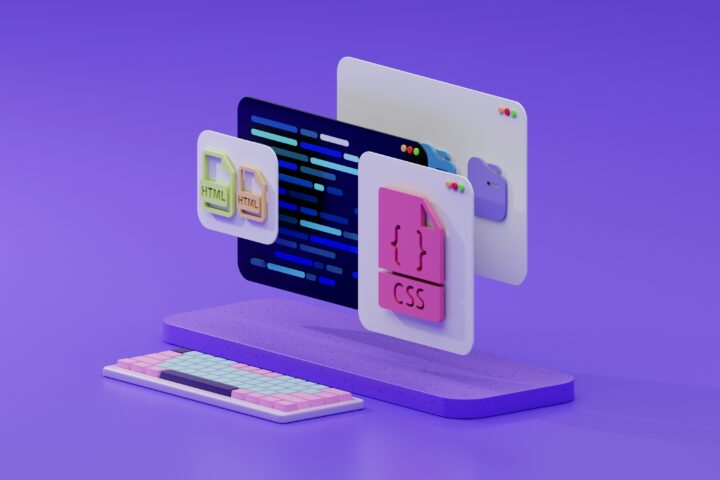
Unlike system software, which works behind the scenes, apps are user-facing. They include everything from messaging apps and games to word processors and design tools. Apps function as user-friendly types of software that developers create for specific tasks.
These are the tools most people recognize and use every day, like social media apps or word processors. Apps focus on helping users complete specific tasks with an easy-to-use interface.
Desktop Applications
You install desktop applications directly on your computer, and they often offer more features and power than apps on other platforms. Examples include Microsoft Office, Adobe Photoshop, Blender, Visual Studio Code, QuickBooks, Zoom, and video games like Minecraft.
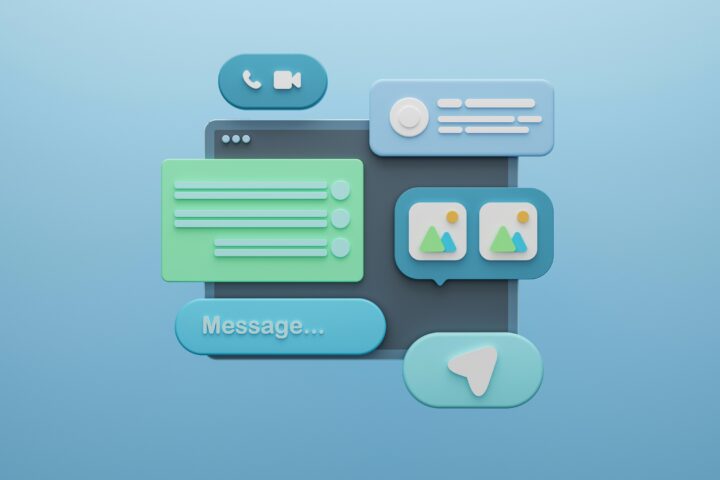
Mobile Applications
Mobile apps run on smartphones and tablets and are designed to be fast, touch-friendly, and portable.
- Native Apps: Built specifically for a certain platform (iOS or Android), like TikTok or Uber. Native apps can make use of device-specific features like the GPS or camera.
- Cross-Platform Apps: Built to work on both iOS and Android using shared codebases.
- Progressive Web Apps (PWAs): Apps that run in your web browser but can work offline and send notifications—like a mix between a website and a mobile app.
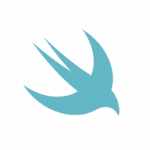
Learn the basics of Swift and SwiftUI, Apple’s programming language, by building your first iOS app in a free workshop from Treehouse!
Web Applications
These apps run entirely in a browser—no downloads needed.
- Single-Page Apps: Like Gmail or Google Docs, they feel like desktop software but live on the web.
- Business Web Apps: Used for managing tasks, customers, or team collaboration—think Salesforce or Google Workspace.
- E-Commerce Apps: Online stores like Amazon or eBay are powered by these apps.
How Technology Blurs the Lines
Over time, the lines between software and apps have become less clear.
Cloud-based apps such as Google Docs or Spotify are a good example. These apps run on remote servers, not your local device, and often function across desktop, web, and mobile platforms.
The rise of AI has also blurred definitions. Tools like Siri and ChatGPT use artificial intelligence to respond to user input and adapt behavior, creating the experience of learning and personalization.
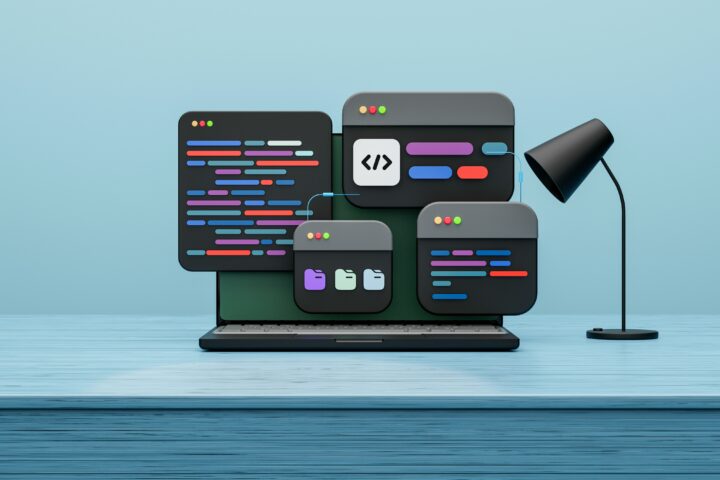
Many modern apps—especially large-scale or cloud-native ones—use microservices: small, independent software components that work together as a unified system. Behind the scenes, a single app often runs dozens of services that communicate with each other in real time.
The Key Difference: Software vs. App
Here’s the simple breakdown:
Software is the umbrella term for all coded instructions that make computers and devices work. This includes everything from your operating system to the apps you use daily.
Apps (Applications) are a specific type of software designed for end-users to accomplish particular tasks. They’re the user-friendly tools you interact with directly.
Think of it this way: all apps fall under the category of software, but not all software qualifies as an app. Your phone’s operating system runs as software, but it doesn’t function as an app. Instagram counts as both software and an app.
Why This Knowledge Matters
When you understand the difference between software and apps, you have a clearer way to talk about technology and solve problems more effectively.
Whether you’re troubleshooting, choosing a tool, or preparing for a tech career, this vocabulary helps you navigate the digital world with confidence.
Real-World Examples You Already Know
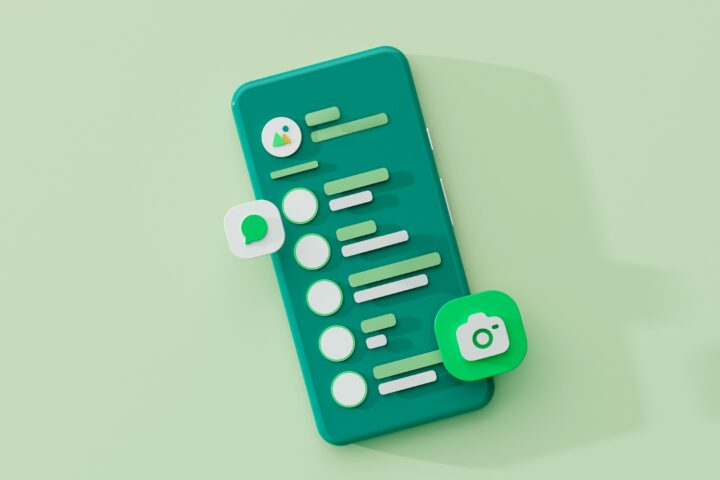
Take your smartphone. The operating system (like iOS or Android) is system software. Apps like Instagram or YouTube are applications. Behind the scenes, firmware, utilities, and other software help everything run smoothly.
Your laptop works the same way. Whether you’re using a browser, Microsoft Word, or Netflix, you’re engaging with layers of interconnected software—from the user-friendly apps down to low-level drivers and cloud-based systems.
The Bottom Line
As we’ve learned, software is the umbrella term for all coded instructions that make our devices work, while apps are user-friendly software designed to help people get specific things done.
Understanding this distinction helps you communicate more clearly, choose the right tools, and feel more confident in a tech-driven world. As new platforms, devices, and interfaces emerge, these foundational ideas will remain just as relevant.
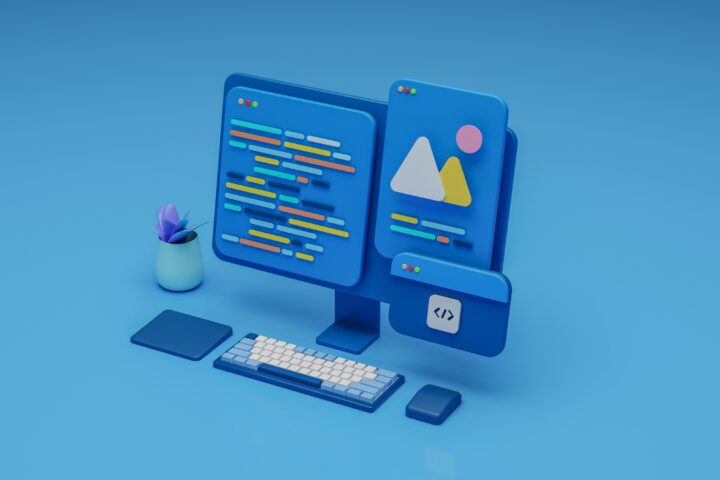
FAQs
What’s the difference between software and an app?
Software refers to a broad category that includes all computer instructions. An app is a specific kind of software built for users to complete tasks like messaging, gaming, or editing documents.
Can I consider every app software?
Yes. An app falls under the category of software and allows end-users to interact directly with it.
What does the term “native app” mean?
A native app runs on a specific operating system like iOS or Android. Developers build native apps to fully use the device’s hardware and features—such as the camera, GPS, or fingerprint reader.
Do web apps and mobile apps work the same way?
Web apps run in your internet browser and don’t require installation. Mobile apps are downloaded and installed directly onto your phone. Each type interacts with device features differently.
Are cloud-based apps the same as web apps?
Not exactly. Many web apps are also cloud-based, but some cloud apps run on desktop or mobile platforms. What defines a cloud-based app is that its data and processing happen on remote servers.
What is firmware, and why does it matter?
Firmware runs directly on hardware components and manages basic functions like starting your device or communicating with sensors. It plays a critical role in making the hardware work properly.
What are utilities in system software?
Utilities are software tools that help maintain or optimize your computer. They include antivirus tools, backup programs, and disk cleanup software that improve performance and security.
What is a program?
A program is a specific set of executable instructions that tells a computer how to perform a particular task. While programs are a type of software, software is the broader term that encompasses programs plus other components like data and documentation.
Are you ready to start learning?
Learning with Treehouse for only 30 minutes a day can teach you the skills needed to land the job that you’ve been dreaming about.
Start a Free Trial
If you liked this article, check out these others:
